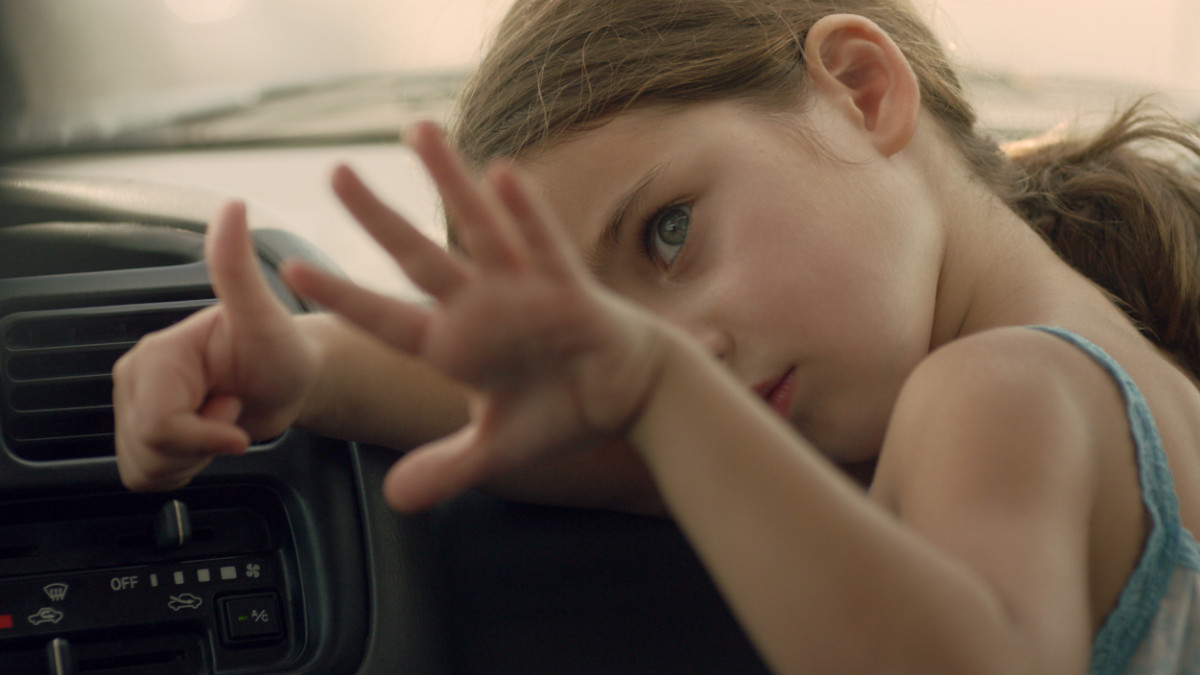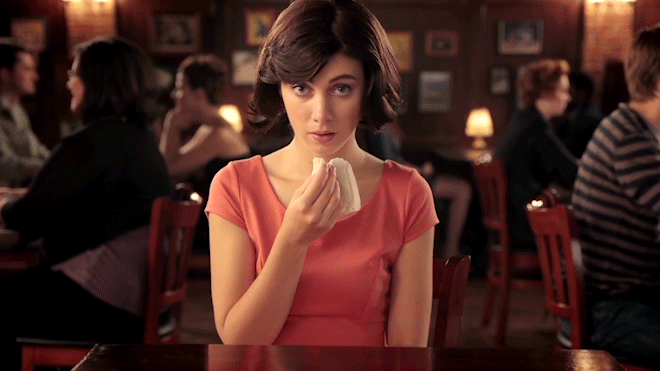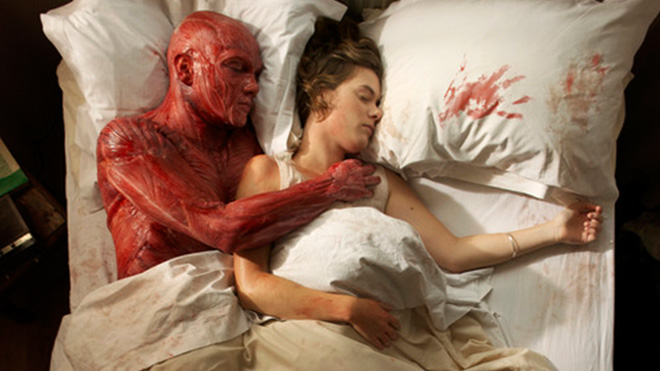When a chance encounter on a dating app reveals his father’s double life, a troubled young man must face the parallels between his own destructive patterns and his alcoholic father’s infidelity.
In Summer’s End, directors Grant and Adam Conversano craft an intimate exploration of family dysfunction, repression, and personal reckoning. When a young man stumbles upon his father’s secret double life through a dating app, he is forced to confront the echoes of his own self-destructive tendencies. Set against the backdrop of Myrtle Beach, the film delicately unpacks the emotional weight of growing up in an alcoholic household while also shedding light on the challenges of queerness in the South.
Starring Maria Dizzia & Michael Abbott Jr, Summer’s End builds upon the deeply personal themes first explored in the Conversano brothers’ documentary Father Can’t You See I’m Burning. Influenced by filmmakers like Lynne Ramsay and Xavier Dolan, the film embraces a raw yet poetic approach, allowing the characters’ hidden wounds and suppressed truths to surface. With a keen eye for memory and place, the directors bring an empathetic lens to the cycles of shame and secrecy that shape dysfunctional families.
The film explores generational cycles of self-destruction. What drew you to telling this story, and was it inspired by personal experiences or observations?
Aspects of Summer’s End are autobiographical, coming from our experiences with our parents growing up. We started writing the script while editing the documentary Father, Can’t You See I’m Burning?. This nonfiction film dealt directly with our parent’s divorce in 2020 during the pandemic. Our whole lives our father struggled with alcoholism while trying to create a perfect image of a family. Our own vacations to the Myrtle Beach area growing up were often overshadowed by bouts of relapse. Often, he would leave for hours and we would not know where he had gone. Looking back on that time, we have found a greater sense of empathy for someone experiencing addiction and the effects it has on a family that learns to adapt around that dynamic. We knew we wanted to set the film in Myrtle Beach, and as we started writing the script, hook up apps became more popular. We developed a fictional app as a narrative device to allow the worlds of these characters to collide and set the story in motion.
There’s a deep contrast between the father and son’s struggles. How did you work with the actors to create nuanced performances that reflect these parallels?
Much of the script was based on real conversations and fights we had with our father. So the screenplay captures that tenison and there was very little improv on the shoot. We sought out great actors who could show up and bring their own experiences to our script. We are very grateful that Maria Dizzia, Micheal Abbott Jr. and Graham Lutes took a chance on us. We only had one day of rehearsal in New York in pre-production. All the actors watched our documentary Father, Can’t You See I’m Burning? which gave them a way into what we were attempting to summon on set. We had lunch with our father before the shoot, and Michael Abbott Jr. asked us to also film that conversation and to ask our father how he would like to be portrayed on screen. Although they’ve never met, this moment gave our father a chance to be vulnerable and have input in the process. This grounded the shoot and brought something very real to the actor’s performances that was palpable on set.
Addiction and infidelity are weighty themes. What was your approach to handling them with sensitivity while maintaining dramatic tension?
Dr. Gabor Maté says in his book In the Realm of Hungry Ghosts: Close Encounters with Addiction “What we call the personality is often a jumble of genuine traits and adopted coping styles that do not reflect our true self at all but the loss of it.” Understanding this and empathizing with the root of the addict’s behavior was critical to making this film. There is an unspoken repression of a queer sexuality and identity that Harper has never been able to integrate in his life. This is also a shared feeling that Elliott has, but there is no way to express this under the given circumstances of this trip. For Harper his addiction and infidelity are solutions for him to survive the shame he is living with.
The title Summer’s End suggests themes of transition or loss. How does the season play into the film’s mood and message?
We love John Prine, when he died we were writing this story. The title comes from his song Summer’s End. We were inspired by the way his songwriting describes vivid images of American life and the troubles people face everyday. We wanted to make a film that could feel like one of those songs.
Can you talk about the cinematography choices? How did the visual language reflect the main character’s emotional journey?
Edward Hopper, Gregorory Crewdson, Ryusuke Hamaguchi are all artists we admire and were on our minds going into this film. We wanted the camera movement and framing to be very deliberate. We wanted to depict the emotional distance between the characters and the sense of alienation in their environment. Elliott is the protagonist of the story, but we wanted the images to paint a picture that wasn’t completely rooted in his subjectivity, but allowed space for the audience to consider the situation from each character’s point of view.
Music and sound design often play a crucial role in emotional dramas. How did you use them to enhance the storytelling?
The sound design and music was intended to get at the subjectivity of the protagonist while the camera stepped further back to look at the environment. That dissonance is something we worked on in post. We were lucky to get to work with the Emmy-nominated composer Ariel Marx and our sound designer Doug Moss to elevate the sonic world of the film. We trusted them to bring their perspectives to the project and were very happy with the results.
If viewers could take away just one message or feeling from Summer’s End, what would you want that to be?
As Gabor Mate says: “The question is never “Why the addiction?” but “Why the pain?”
The villains in our lives are often people who are struggling to deal with their own pain, and that we often have more in common with them than we realize.
What are the books, podcasts or even YouTube Channel that you recommend young filmmakers get their hands on?
All of Dr.Gabor Mate’s books are extremely illuminating on addiction, health, and illness.
The Death of the Artist: How Creators Are Struggling to Survive in the Age of Billionaires and Big Tech by William Deresiewicz is a stark and sobering examination of the state of art making in modern times.
Doomscroll Podcast hosted by Joshua Citarella examines the culture of the internet from the last decade from an art history lens and is hugely informative in orienting one’s work today.
Notes on the Cinematograph by Robert Bresson is a classic and essential book to revisit before making any film.
Can you share with us some of your favorite short films you’ve seen lately?
Tea by Blake Rice
Wildmen of the Greater Toronto Area by Solmund Macpherson
Classmates by Major Dorfman




